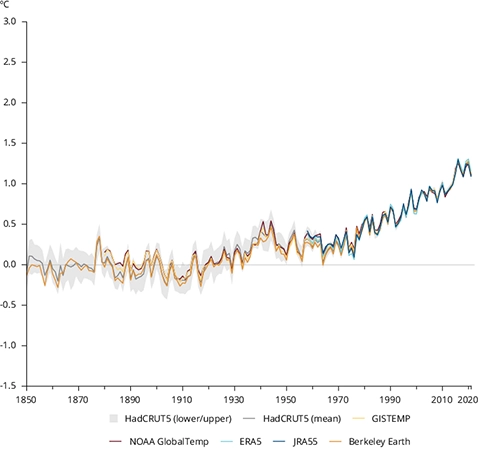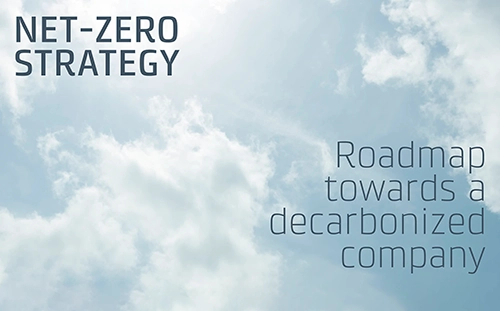Trends
Trends
JUN
04
2023
Environment
Common goal: zero emissions
The temperature in Europe has increased by 1.1ºC relative to pre-industrial levels, making the period 2012-2021 the warmest decade on record, according to the European Environment Agency. And an even more worrying figure is that global warming caused by human activity is growing at a dizzying rate of 0.2ºC per decade.
The impact of higher temperatures has been more than proven by science, identifying the direct consequences of climate change: increased drought, higher ocean temperatures, changes in the seasons, loss of ecosystems, etc. The biggest cause of this global warming is the amount of greenhouse gases that are building up in the atmosphere. Gases such as CO2 from burning fossil fuels; methane and nitrous oxide from agriculture, forestry and intensive fishing; or hydrofluorocarbons coming largely from the activities of businesses, specifically the intensive use of refrigerators, freezers, air conditioning and heat pumps.
Because of this, and true to their ambition to guarantee a future for the planet and society, the signatories of the United Nations Framework Convention on Climate Change (UNFCCC) committed to working through the 2015 Paris Agreement to limit the increase in global temperature to below 1.5ºC compared to pre-industrial levels by 2050. In fact, bringing about this reduction in temperature growth involves a 45% cut in emissions by 2030 and achieving zero emissions by 2050.
The measures required to achieve a net-zero emissions world represent one of the greatest challenges humanity has ever faced, according to the United Nations. This can only be achieved by transforming our production, consumption and mobility habits. More than 70 countries, including the biggest polluters such as China, the United States and the European Union member states, have set this goal of reaching net zero emissions. Meanwhile, companies are also playing their part. More than 3,000 companies and financial institutions collaborate with the Science Based Target Initiative (SBTi), using a science-based climate change strategy to reduce their emissions. Cellnex has been part of this initiative since 2019, and it represents the great challenge facing it as a group for the coming years. “We have implemented specific actions to reduce emissions, that include an energy Transition Plan, based on the Energy 4.0 principles, purchase and self-generation of renewable energy and energy efficiency actions”, stated Josep Lluís Guiu, Global Head of Sustainability at Cellnex.
This year the company also approved the roadmap to reach Net-Zero by 2050: reducing direct and indirect greenhouse gas emissions; neutralising unavoidable emissions through sequestration projects to remove carbon from the atmosphere; and as a step prior to neutralisation, offsetting residual emissions by financing compensation projects. With these measures, “Cellnex ensures that progress is unquestionable”, adds Guiu.
“Cellnex has set itself the goal of becoming a leading group in combating climate change, achieving carbon neutrality, improving the resilience of infrastructures and promoting a circular economy in line with our activity”, comments Guiu. And as intermediate milestones, the company has set itself the goal of meeting all of its electricity needs from renewable sources by 2025, while committing to cutting scopes 1, 2 and 3.3 of its carbon footprint by 70% in 2030 to become carbon neutral in 2035. It also has other projects underway that will help achieve the Net-Zero objective: assessing the impact on biodiversity with a focus on natural capital, calculating its water footprint, fostering the circular economy, and transitioning to fleets of hydro or electric vehicles.


















